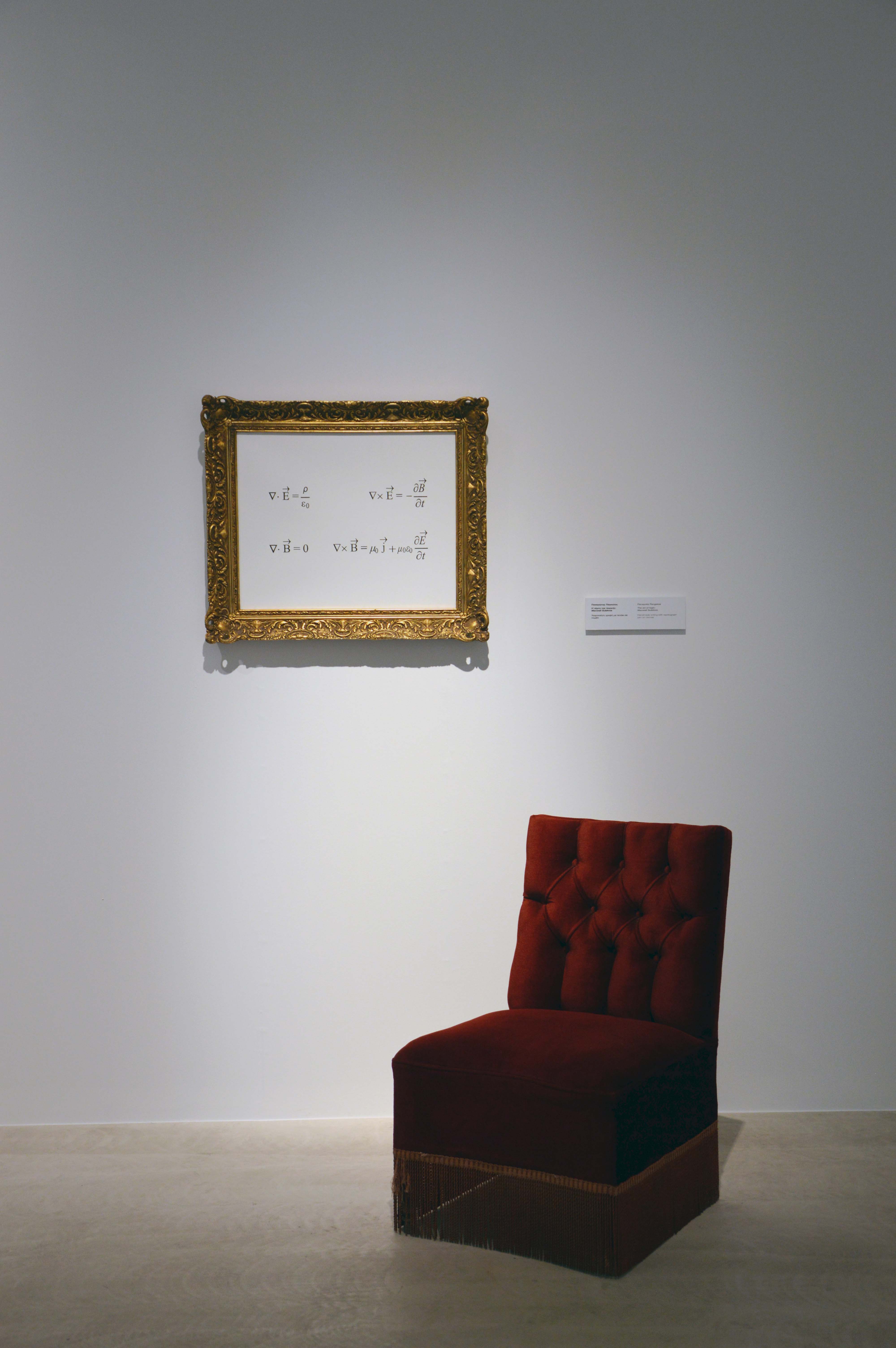Digging down to the core of symbolism
National Museum of Contemporary Art puts on multifaceted group show that ponders how we approach iconic ruins and artifacts

“Symbols & Iconic Ruins” poses a string of enduring and complex questions. The multifaceted group show, on display at the National Museum of Contemporary Art’s temporary exhibition hall, comprises art, architectural propositions and, most importantly, philosophical musings on the power, interpretations, versions and associative sequences of symbols. Evolving through 137 works by artists, architects and art theorists, it is a rich visual and intellectual experience.
The show’s curator, architect and University of West Attica assistant professor Panayiotis Pangalos conceived an idea that he developed around aspects of a common cultural heritage that are both seminal and easy to identify. Symbols and icons such as the Athens Acropolis, the Berlin Wall and typical examples of communist architecture from Eastern Europe in 1950-90 are employed to define the ideological universe we are invited to explore, without bias or direction.
Having clearly invested much thought and effort in developing his concept, Pangalos invited dozens of artists, architects and thinkers to help him dig deep down into notions of the symbol and deliver as many versions as possible – regardless of whether they are complementary to the discussion or not, they are always welcome.
Roles and titles
Another fascinating aspect of the exhibition is the flexibility of titles and roles at play – architects producing art, painters delivering constructions. It is precisely this freedom between concept and creative potential that injects the exhibition with profundity, humor, irony, contradictions and hyperbole so that the sundry symbols are peeled of their layers or revealed in sharp focus.
It is all linked together by the collusive but also suppressive impact of the symbols, which in the case of the Parthenon, for example, touches on issues of identity, but also of how we are defined by ourselves and others. The notion of an Athens without an Acropolis is disquieting, and so is modern Europe without the still-fresh Cold War dividing line. These dialectics of cultural geopolitics are presented against a backdrop suspended between the asphyxia of imposition and the anarchy of detachment.

Νew hierarchies
“Symbols & Iconic Ruins” often flirts with deconstruction and reconstruction, with new hierarchies in which the institutionally established plays second fiddle to its underplayed image.
It also contains surprises like Frini Mouzakitou’s installation on the late Albanian ruler Enver Hoxha, or the use of sculpture in Michalis Manousakis’ piece, or the fascinating project by Peter Eisenman, Laurie Olin and Armand Biglari on the city of Tbilisi. The play with symbols is also enacted as complex and often contradictory symbioses. The Acropolis, for example, continues to exert symbolism and power, and to define systems of co-dependence and expression either at the level of aesthetic idealism or mass consumption.
The exhibition runs through October 24, Tuesdays to Sundays from 11 a.m. to 7 p.m. (10 p.m. on Thursdays), at the National Museum of Contemporary Art, Kallirois & Frantzi, tel 211.101.9000, emst.gr.





